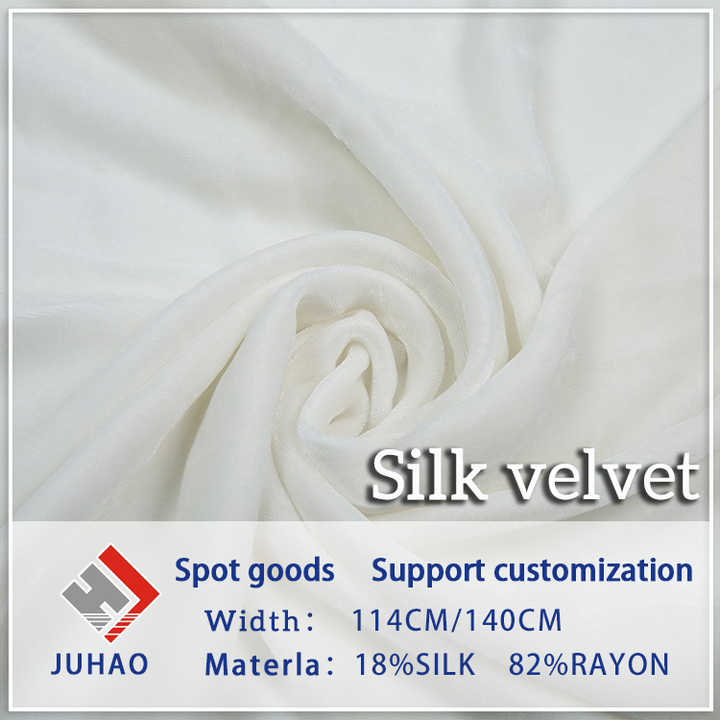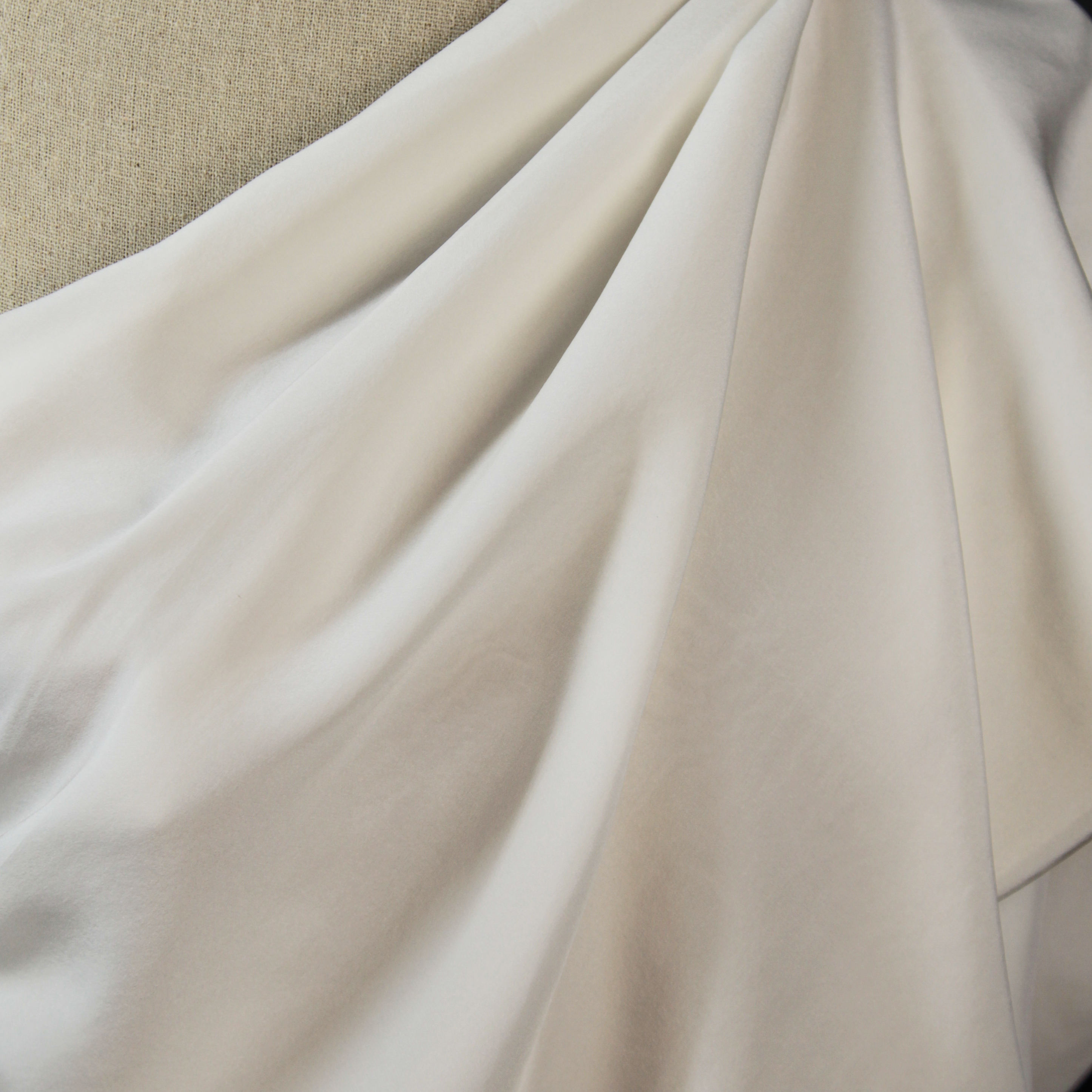Title: The Classification of Silk
Silk, also known as silkworm silk, is a natural protein fiber produced by the silkworm. It is one of the most important natural fibers in the world and has a long history of use in clothing, textiles, and other industries. Silk can be classified into several types based on its production process, quality, and end use. The most common types of silk include raw silk, degummed silk, and finished silk. Raw silk is the raw material for making other types of silk and has a roughness and uneven texture. Degummed silk is processed to remove the sericin gum that binds the silk fibers together, making it smoother and more suitable for certain applications. Finished silk is further processed to enhance its quality and performance, often adding color or print designs. Silk has a unique combination of properties that make it highly desirable for many applications, including its strength, elasticity, and moisture absorption. It is also highly sensitive to heat and can easily be damaged by high temperatures or sunlight. Therefore, it is important to handle and store silk carefully to maintain its quality and performance.
Silk, one of the most fascinating natural fibers, is produced by the silkworm when it spins its cocoon. The silk fiber is extremely strong, lightweight, and has a natural luster that makes it highly prized in various industries and applications. One of the most important aspects of silk is its classification, which is based on several factors such as the type of silkworm, the way it is spun, and the intended use.
The most common types of silk are classified based on the species of silkworm from which they are derived. For instance, Bombyx mori is the most widely cultivated silkworm species and is responsible for the production of most commercial silk. The silk obtained from this species is typically strong, smooth, and has a good elasticity that makes it ideal for weaving into textiles such as clothes, bedsheets, and curtains.

Another type of silk is Tussah silk, which is produced by the silkworm species Antheraea pernyi. This silk is characterized by its stronger and coarser texture compared to Bombyx mori silk. It is often used in industrial applications such as automotive upholstery or aerospace components due to its durability and resistance to abrasion.
The classification of silk also extends to the way it is spun and processed. Raw silk, which is obtained directly from the cocoon, is usually rough and uneven in texture. To improve its quality and make it more suitable for specific applications, silk may undergo a process called reeling, where it is spun into a more uniform and smoother yarn. The reeled silk can then be further processed to create different types of silk fabrics such as gauze, muslin, or lace.
Moreover, the classification of silk also considers the intended use of the fiber. For example, some types of silk are specifically bred and processed to have improved mechanical properties such as tensile strength or elongation at break. These silk varieties are often used in applications where high performance and durability are required, such as in the production of high-end fashion clothing or industrial textiles.

In conclusion, the classification of silk is a complex and diverse topic that encompasses many aspects of this fascinating natural fiber. From the species of silkworm to the way it is spun and processed, each factor contributes to the unique characteristics and applications of silk. With so many different types of silk available, it is essential to understand the classification system to ensure that the right type of silk is selected for a specific application or project.
Articles related to the knowledge points of this article:
Title: The Timeless Allure of Dior Ties: A Masterpiece of Fashion
Feather Down: The Multi-Purpose Wonders of Nature



